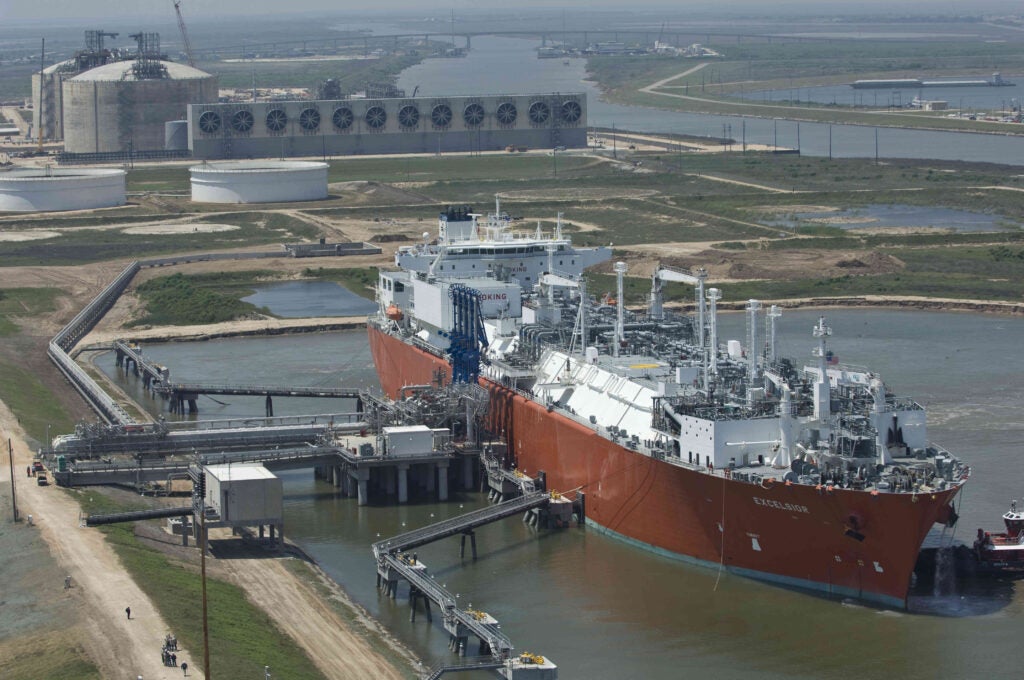Oil prices have been pulled down by rising US crude production and a dip in China’s refining activity.
However, prices have received some support from strong demand in the US and a fall in its crude inventories.
Brent crude futures fell 27 cents, or 0.4%, to stand at $76.47 per barrel, while US West Texas Intermediate (WTI) crude futures slipped three cents to reach $66.61, Reuters reported.
Data showed that Chinese refinery activity dropped from 12.06 million barrels per day in April to 11.93 million barrels per day last month.
Meanwhile, data released by the Energy Information Administration (EIA) on 13 June indicated that US oil production increased to a weekly record of 10.9 million barrels per day last week.
In the last two years, US crude output soared around 30% and is inching closer to the production levels of Russia, which stood at 11.1 million barrels per day in the first two weeks of this month.
How well do you really know your competitors?
Access the most comprehensive Company Profiles on the market, powered by GlobalData. Save hours of research. Gain competitive edge.

Thank you!
Your download email will arrive shortly
Not ready to buy yet? Download a free sample
We are confident about the unique quality of our Company Profiles. However, we want you to make the most beneficial decision for your business, so we offer a free sample that you can download by submitting the below form
By GlobalDataThe further fall in prices was however arrested by strong demand, with the US consumption of gasoline jumping to a record 9.88 million barrels per day last week.
US crude stockpiles registered a drop of 4.1 million barrels to reach 432.4 million barrels during the period.
Since the lows witnessed in 2016, Brent prices climbed around 180%, helped by voluntary supply cuts by the Organization of the Petroleum Exporting Countries (OPEC) and other producers, including Russia.
OPEC and Russia will discuss their future course of action pertaining to production at a meeting scheduled to be held in Vienna later this month.
Barclays bank was quoted by the news agency as saying: “We expect OPEC will agree to raise output and other non-OPEC countries party to the Declaration of Cooperation to follow suit.
“Barring a sharp global economic downturn, we think the risk to the downside is limited by lower spare capacity levels and geopolitical risks.”





